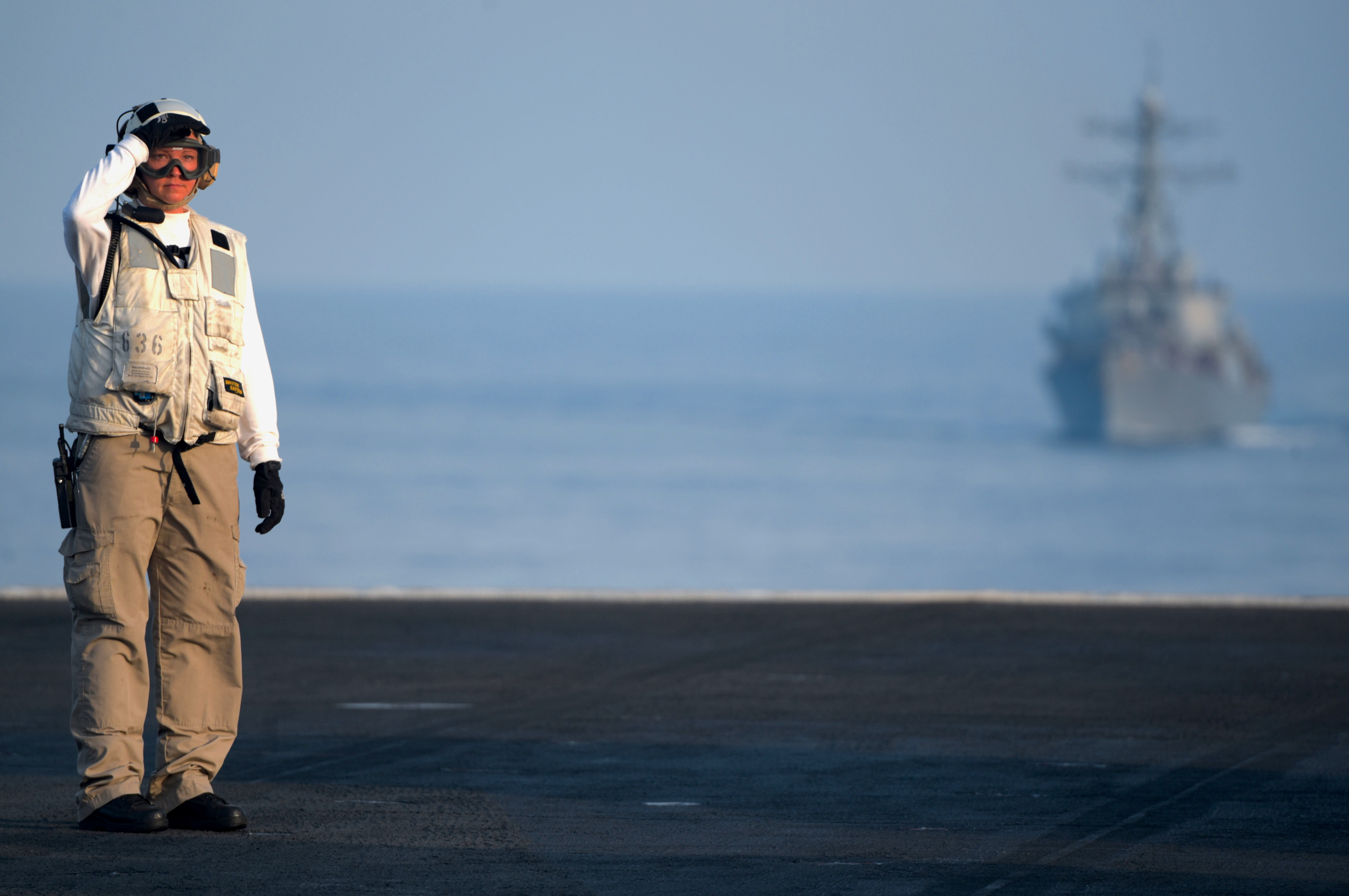
ANNAPOLIS, Md. – The head of Naval Forces Europe is making a pitch for more ships to provide presence, training and crisis response capability in his area of the world, even as tensions are rising globally.
Adm. James Foggo told USNI News that he’s seeing more Russian ships, submarines and aircraft in the Atlantic and Arctic oceans and the Baltic, Black and Mediterranean seas, as well as words and actions from Russians that can ratchet up tensions in the region.
U.S. 6th Fleet, which falls under Naval Forces Europe, has four destroyers, two expeditionary fast transports and a command ship at its disposal on a routine basis. Foggo said he needs more.
In 2018, he succeeded in getting a carrier strike group to devote its deployment to European waters for the first time in years. Amphibious forces also spent more time in 6th Fleet in 2018 rather than exclusively focused on U.S. 5th Fleet operations in the Middle East.
Now, it’s getting harder to convince the Joint Staff to send limited Navy resources to that corner of the world.
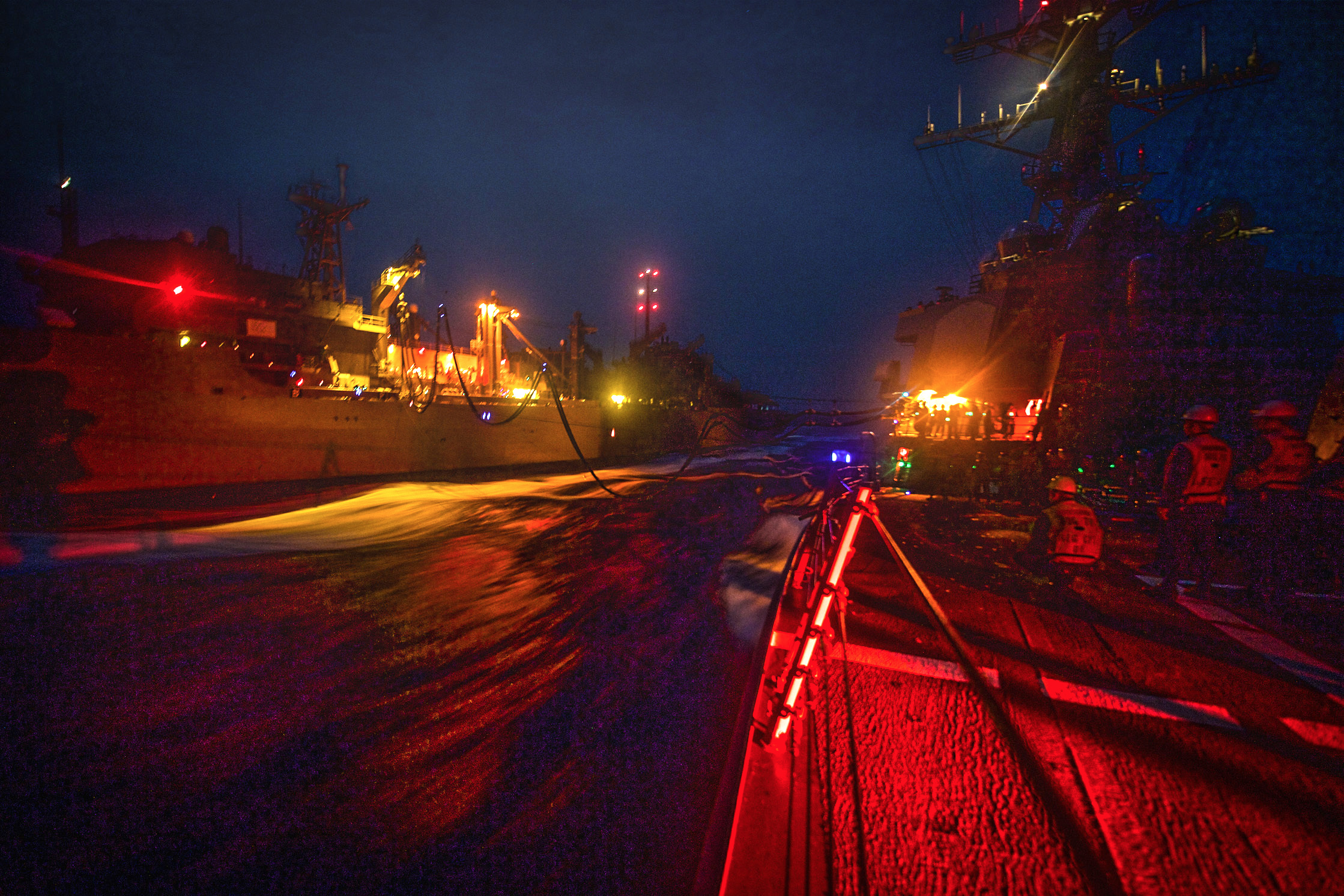
“If you look across the world, boy, the United States has got a lot of challenges out there. So Western Pacific: the island chain and the challenges from the [People’s Liberation Army] Navy out there in what (former U.S. Pacific Command commander Adm. Harry) Harris calls the Great Wall of Sand, and some of the tensions in that theater in the Strait of Taiwan,” Foggo said in an interview with USNI News, while visiting the U.S. Naval Institute.
“You look at what’s going on in the Gulf right now, with malign Iranian influence and this recent attack on Saudi Aramco [refinery] and the tension that’s been generated there. And then you look in our theater: High North, Baltic, Mediterranean, Black Sea, Eastern Mediterranean. It is getting very very busy out there. So we all have a need for these forces. We all want more dynamic force employment. But we have to prioritize. So that prioritization comes back here in Washington, D.C., and that’s currently being discussed by the Joint Chiefs and the secretary of defense. So we make our case, and then we will take whatever capabilities are given to us over and above what we have in theater.”
Foggo said he’s pleased with the ships permanently assigned to his theater, but “we’re working those guys pretty hard.”
U.S. forces in 6th Fleet spend about 125 days a year in the Black Sea, for example, and NATO ships spend another 125 days there, which provides presence for more than half the year.
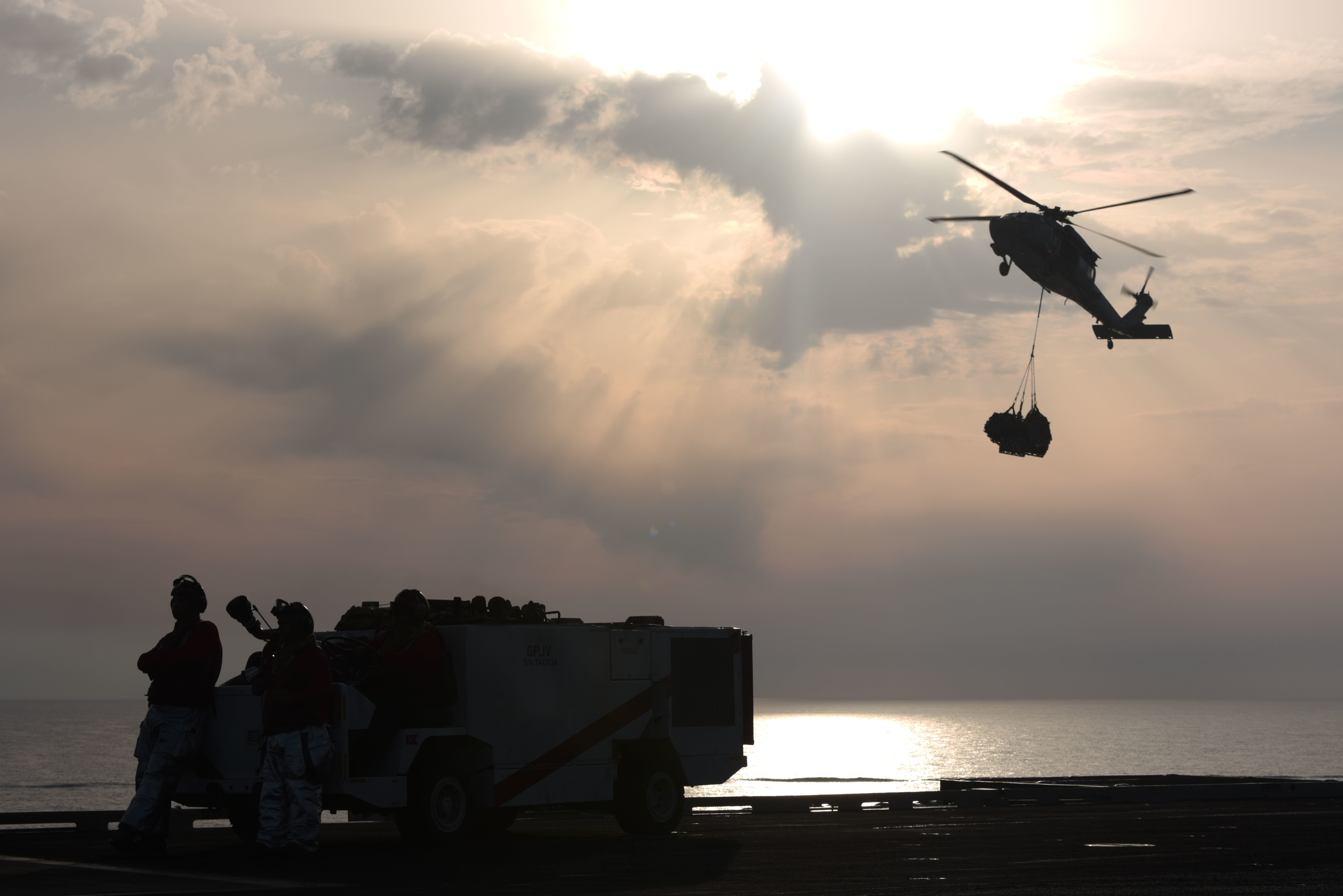
But, Foggo said, “we clearly have enough forces in theater to maintain a pretty good balance of training and engagement with allies and partners in time of peace. In time of crisis, we’ll need more. So we train for times of crisis, and most of our exercises are crisis-response exercises, so I could use more presence in the Baltic, in the Mediterranean, in the North Atlantic, Arctic and the Black Sea.”
For a time, Foggo will have the four-ship surface action group that deployed last month while aircraft carrier USS Harry S. Truman (CVN-75) continues to be repaired following electrical system malfunctions. That SAG is being commanded by U.S. 2nd Fleet and operating out of Iceland, which Foggo said is a good opportunity for 2nd Fleet to rehearse and a force-multiplier for NAVEUR until the ships move on to their next location.
But, Foggo said, the threats in the region are serious and growing, and last year’s extended presence from the Harry S. Truman Carrier Strike Group did a lot of good when it came to the U.S. and allies working together in a challenging and real-world environment to build skills they could be called upon to use one day.
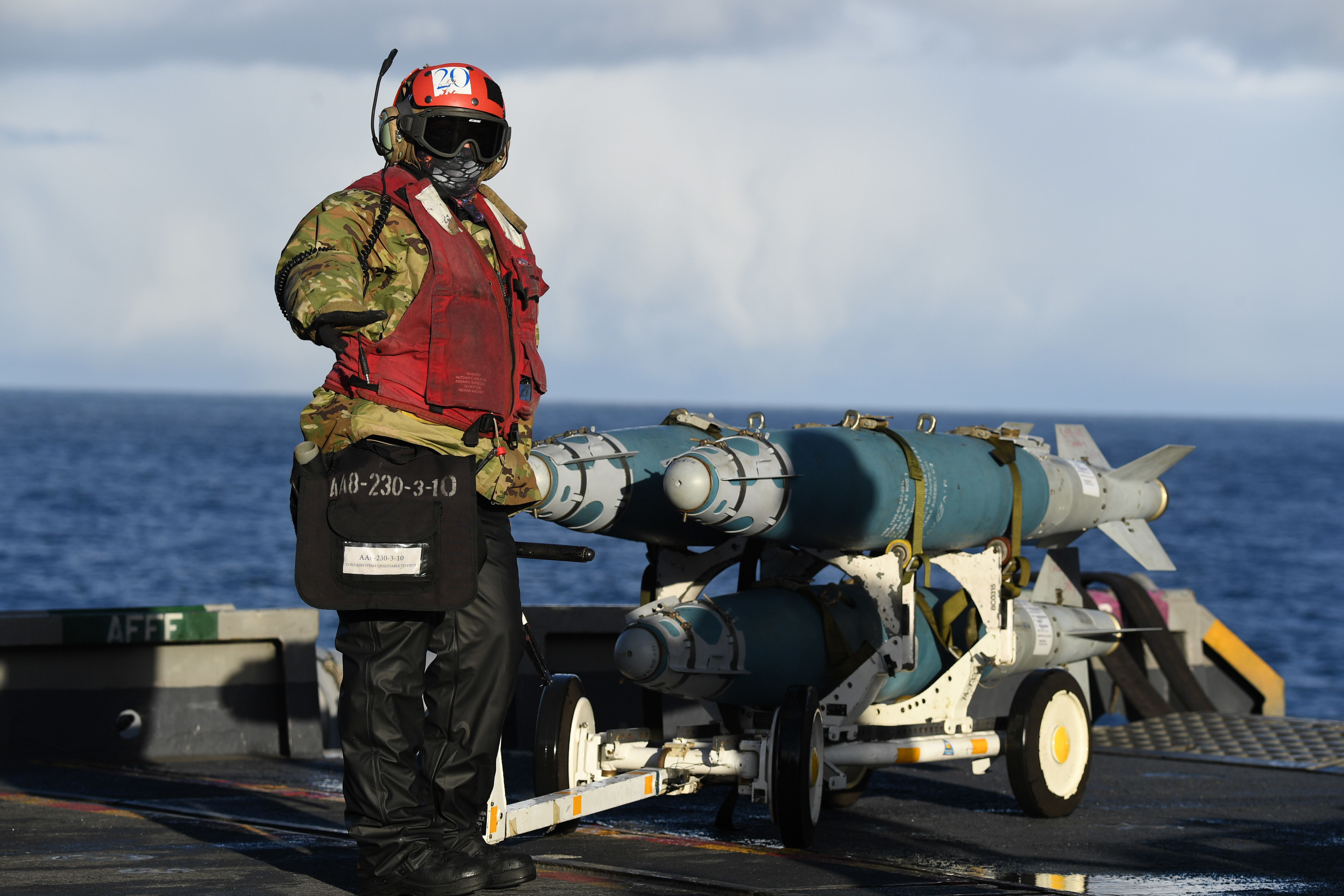
“What they had was the opportunity to integrate and train with an American strike group and associated support in unforgiving conditions – which was the High North, 12- to 18-foot seas, north of the Arctic Circle. They had the opportunity to integrate with the carrier air from Harry S. Truman with land-based air in the air forces from Norway, Finland, Sweden and in and around Scandinavia. We had collaborative red cell forces in the form of real Russians who came out and flew their Bear Foxtrots (Tupolev Tu-95 bombers) and other things around in the vicinity of the carrier, and we were able to do professional intercept operations with real-world targets. So I think all in all it was a huge success,” the admiral said.
Foggo noted that then-HST strike group commander Rear Adm. Gene Black and his team “kind of wrote the book” on current operations in NAVEUR waters, and the Abraham Lincoln and John C. Stennis CSGs were given all the lessons learned before they sailed through 6th Fleet waters. He said these lessons have also been wrapped into the composite training unit exercise and other pre-deployment training activities out of U.S. Fleet Forces Command to ensure the carriers are ready for what they could face there.
“Hats off to Fleet Forces too, because Adm. [Christopher] Grady is doing a great job training these guys and then assessing them and giving them a really tough final examination before he sends them over. So we want to do more of this, and of course we are making our case for why that’s important in our theater.”
Foggo said the European waters and airspace are getting busier, as more Russian ships, subs and jets operate there. Incidents at sea are getting more provocative in a way, since jets that buzz U.S. ships or surveillance planes tend to be armed, whereas that wasn’t the case 10 years ago – though he noted that the number of incidents at sea overall are lower than they were a decade ago.
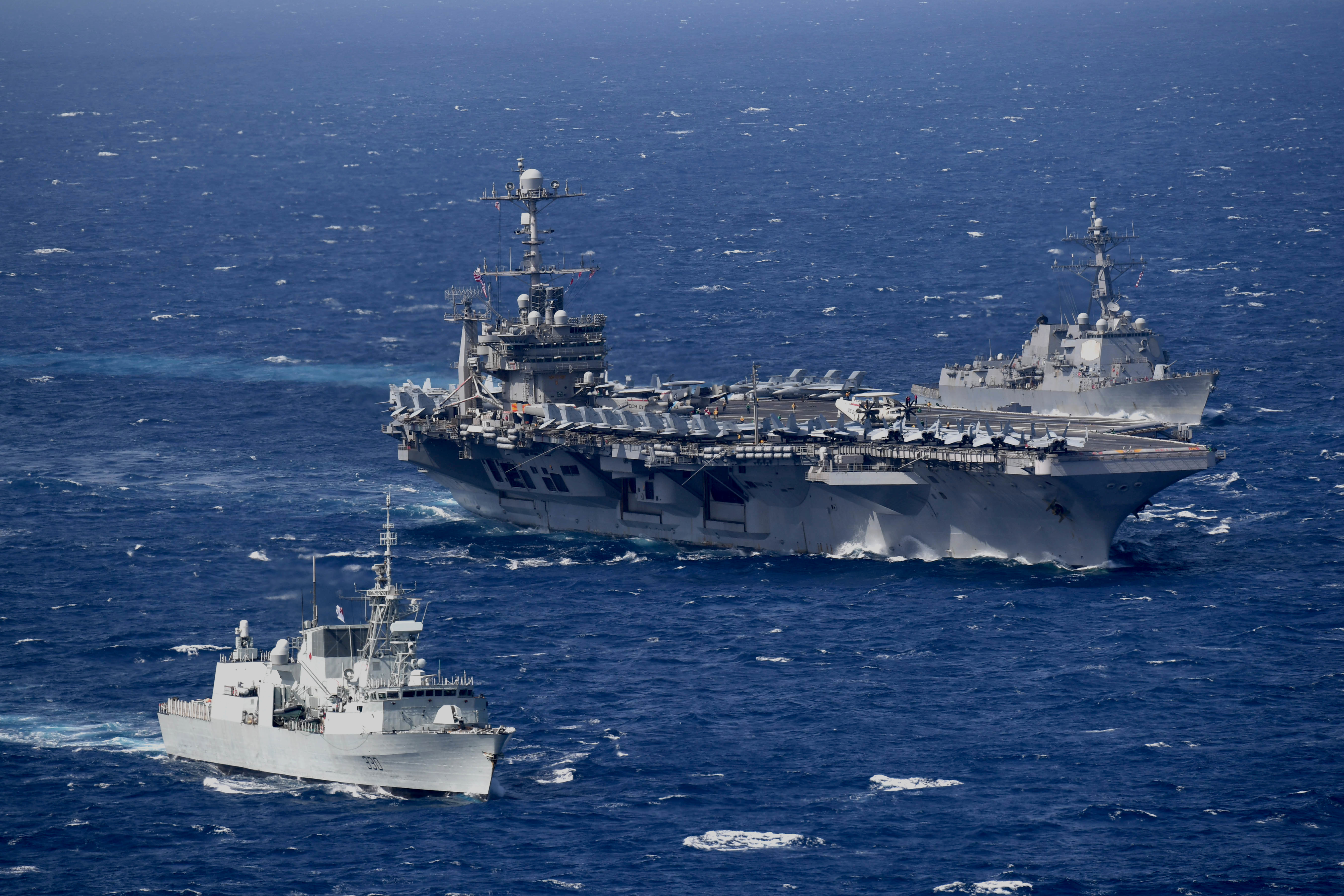
Additionally, “the Russians’ irresponsible adherence to the [Intermediate-Range Nuclear Forces Treaty] led to the abrogation of the treaty, and now if you listen to the Russian president he’s talking about all sorts of new weapon systems – hypersonics, undersea weapons systems and torpedoes and longer-range missiles that are going to be put in the Russian inventory, and I think that’s escalatory,” Foggo said.
He added that Russian actions ashore are also making operations more difficult or dangerous for U.S., NATO and partner nations at sea.
“They have militarized Kaliningrad, there is a lot of hardware in the form of anti-access/area-denial capability, anti-ship cruise missiles and [intelligence, surveillance and reconnaissance] systems that allow targeting of NATO forces while they’re in the Baltic,” he said.
The Russians have done the same thing in Crimea after annexing it from Ukraine.
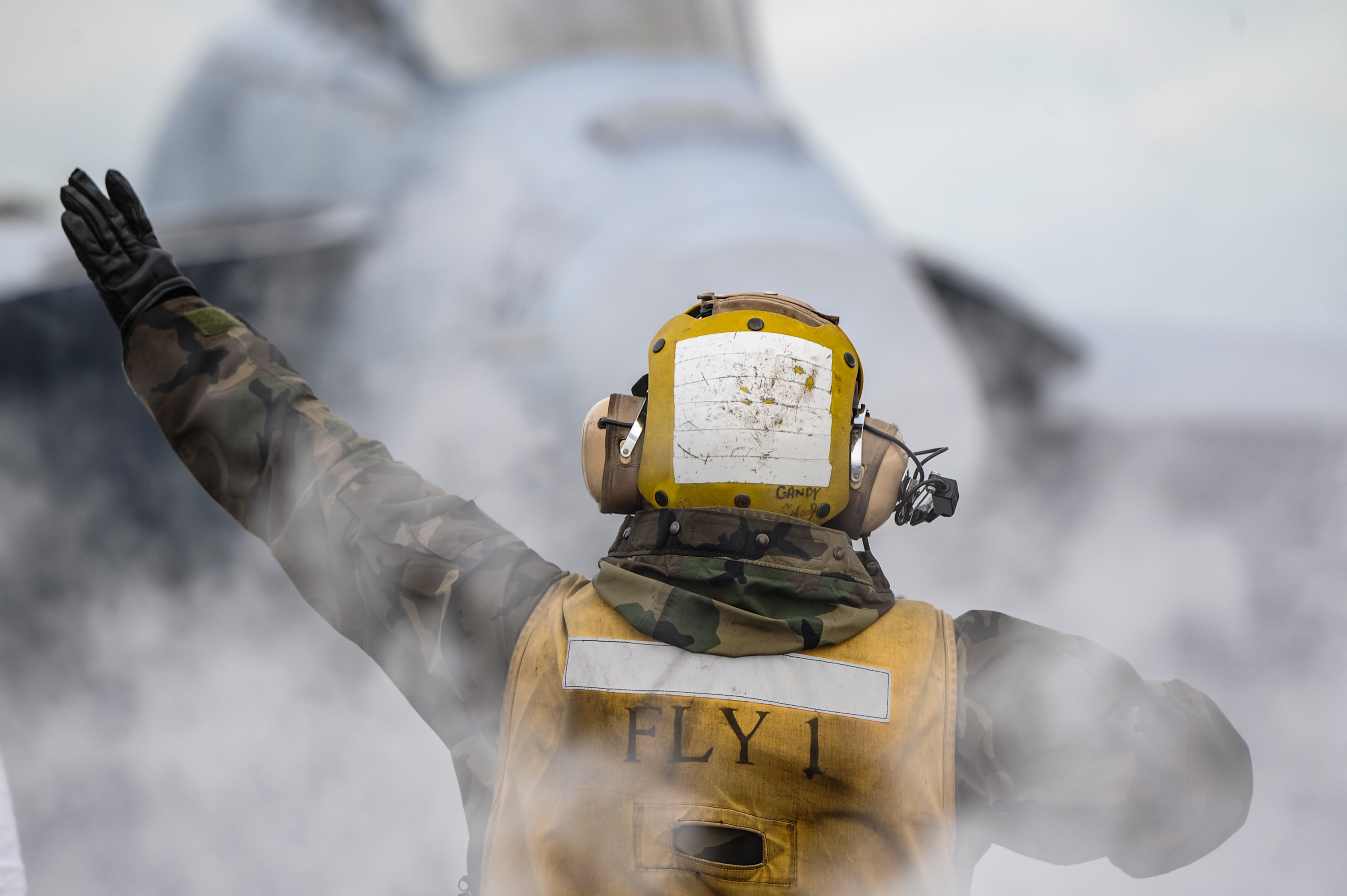
“They’re using it well to now put in systems that will threaten not only commerce but warships and NATO ships operating in the Black Sea,” he said.
And in Latakia and Tartus in Syria, “it’s gotten very, very busy in the Eastern Mediterranean, so we see a larger number and presence of Russian warships in that area that we have never seen before. So that increases risk, it increases tension; and it requires cooler heads, it requires dialogue, and it requires vigilance. I’m pretty comfortable with the leadership team I have in Naples and also the men and women that are doing the heavy lifting out at sea,” Foggo said.
He came back to the need for more ships as a remedy, saying, “our strong presence in the theater is a deterrent in and of itself.”





